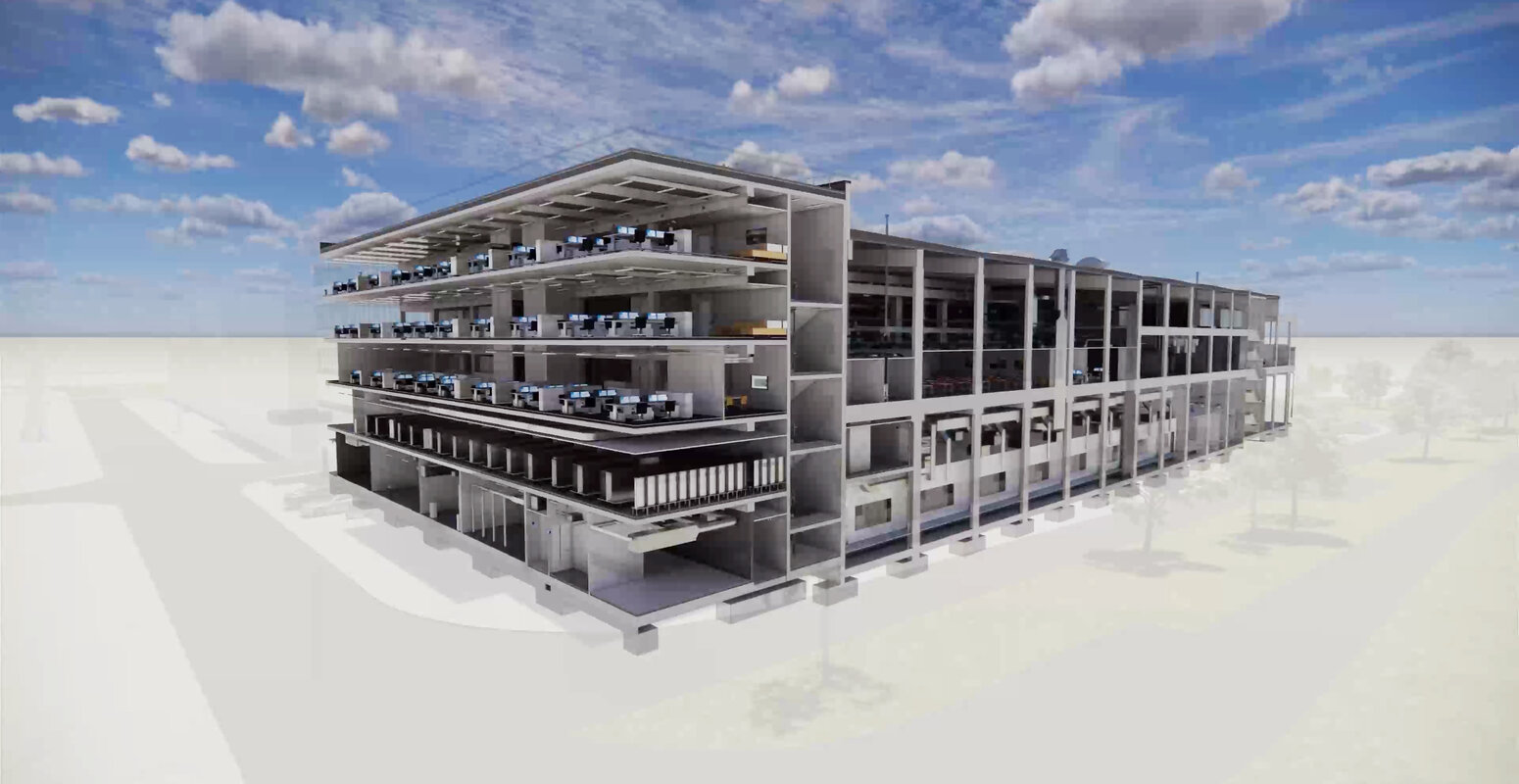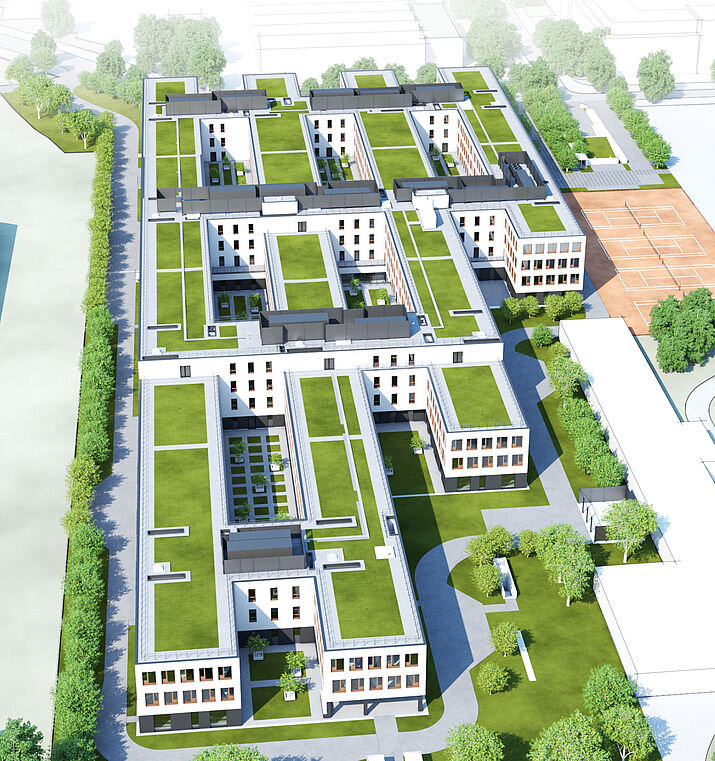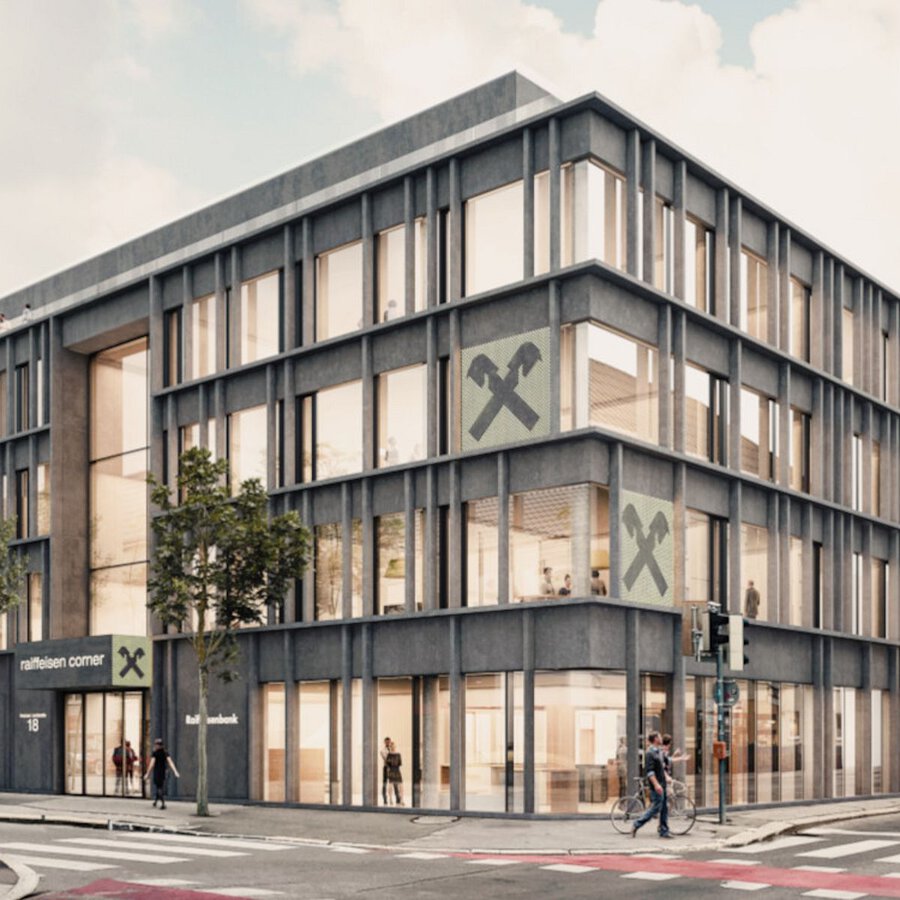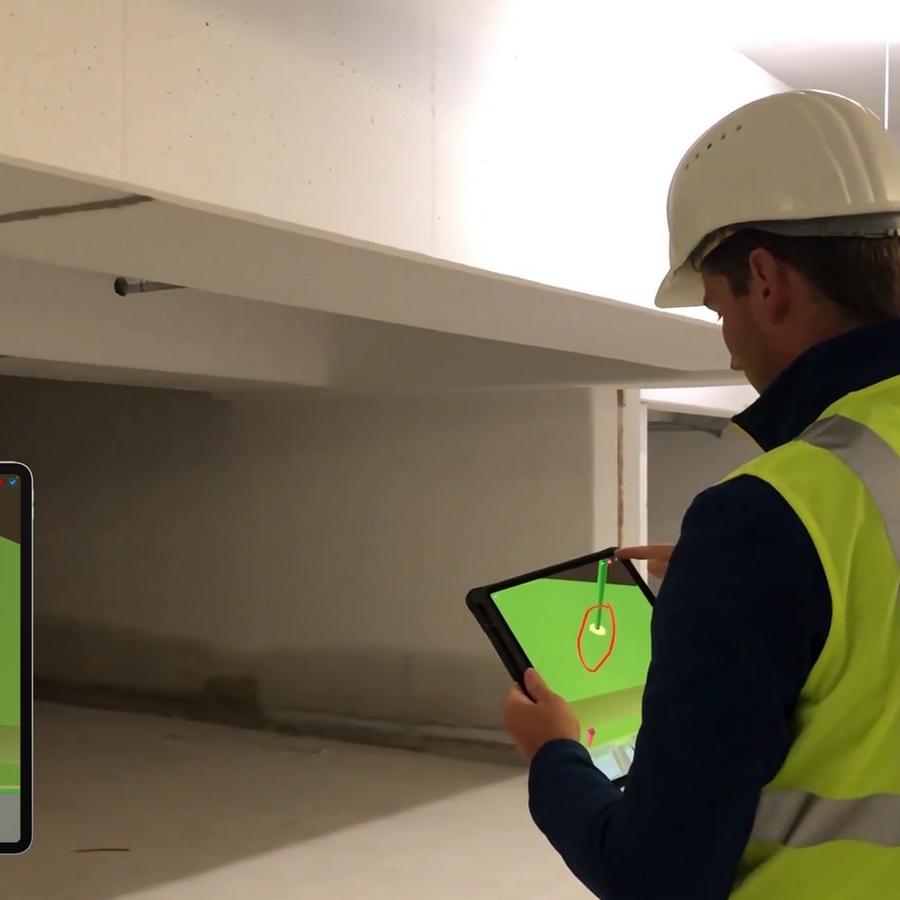Building Information Modeling (BIM)
BIM, or building information modelling, is the construction industry’s response to the digital transformation. The term stands for a revolutionary working technique that optimises the entire process chain for planning and constructing a building and that creates transparency, reliability and efficiency. Teams working on a BIM model can collaborate at any time, from anywhere – no more complicated meeting schedules – and data is shared seamlessly through the entire planning process.
A further advantage of this process is that we can predict exactly when materials will be needed, and accurately estimate the repercussions of any particular change to the plans. As an integrated planning enterprise, we have long understood the benefits of BIM and have been making effective use of BIM techniques in construction projects for many years..
Core of the digital construction revolution: the building data model
BIM stands for ‘building information modelling’: a digital, integrated method for managing construction projects. What it really stands for, though, is faster, more productive, more efficient planning and execution. All the architectural, technical, structural and functional construction data is combined and visualised in the digital model, creating a “digital twin”: the BIM model. This data provides a basis for the experts from the different disciplines to work together as a team, creating an integrated model of the building’s entire lifecycle in every detail.
Everyone involved in the project can access the BIM model any time, from anywhere. The model is not just for cost estimation and construction scheduling – it’s also used by the execution teams, for the interior finish, marketing the property and even for facility management and maintenance. In other words, almost every stage of the project lifecycle is integrated into the overall picture.
Are you interested in learning more about the digital working techniques of the future?
Get in touch with our expert






